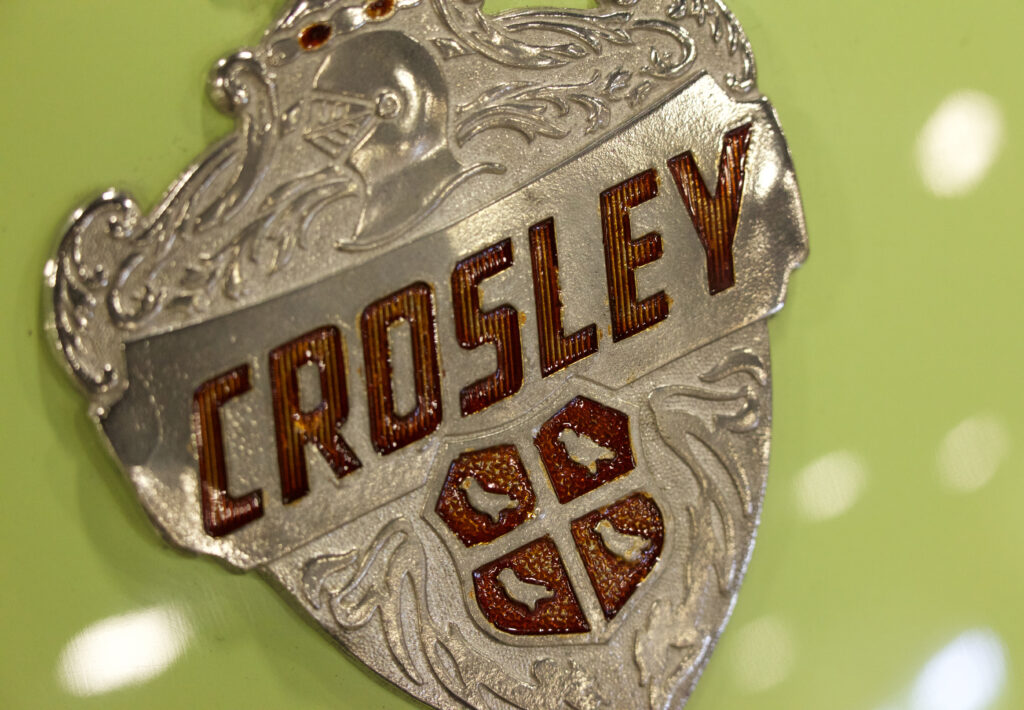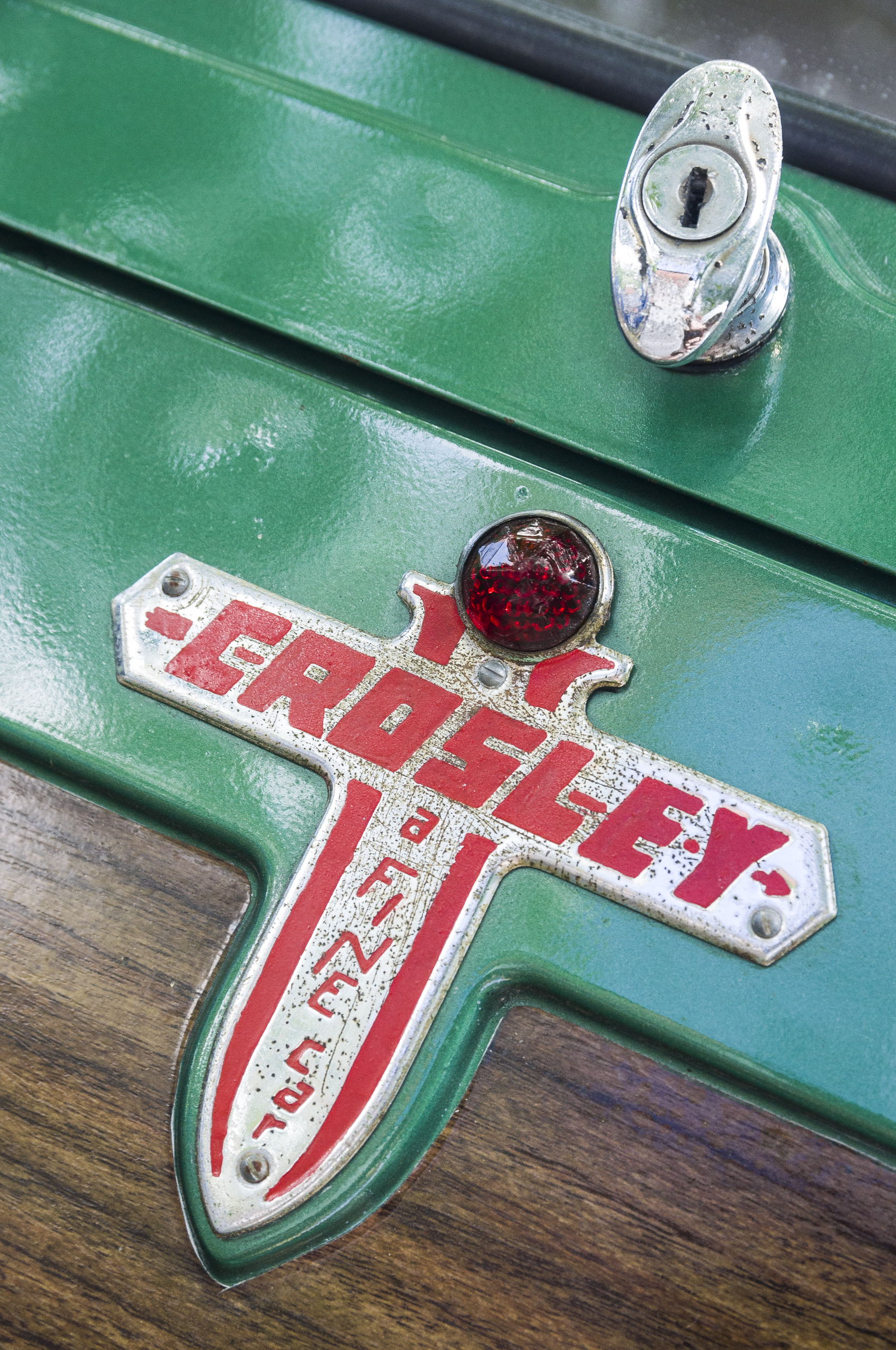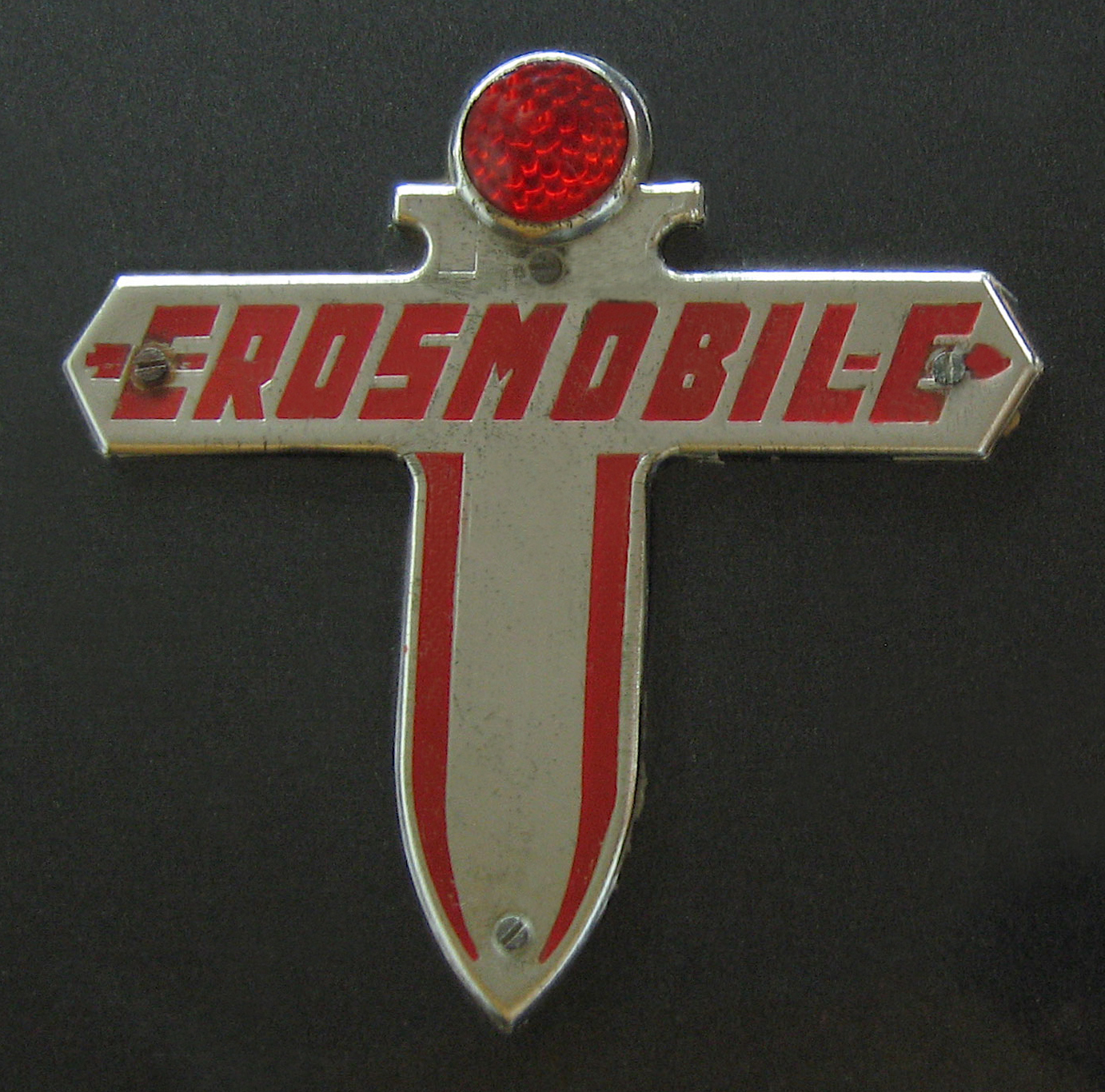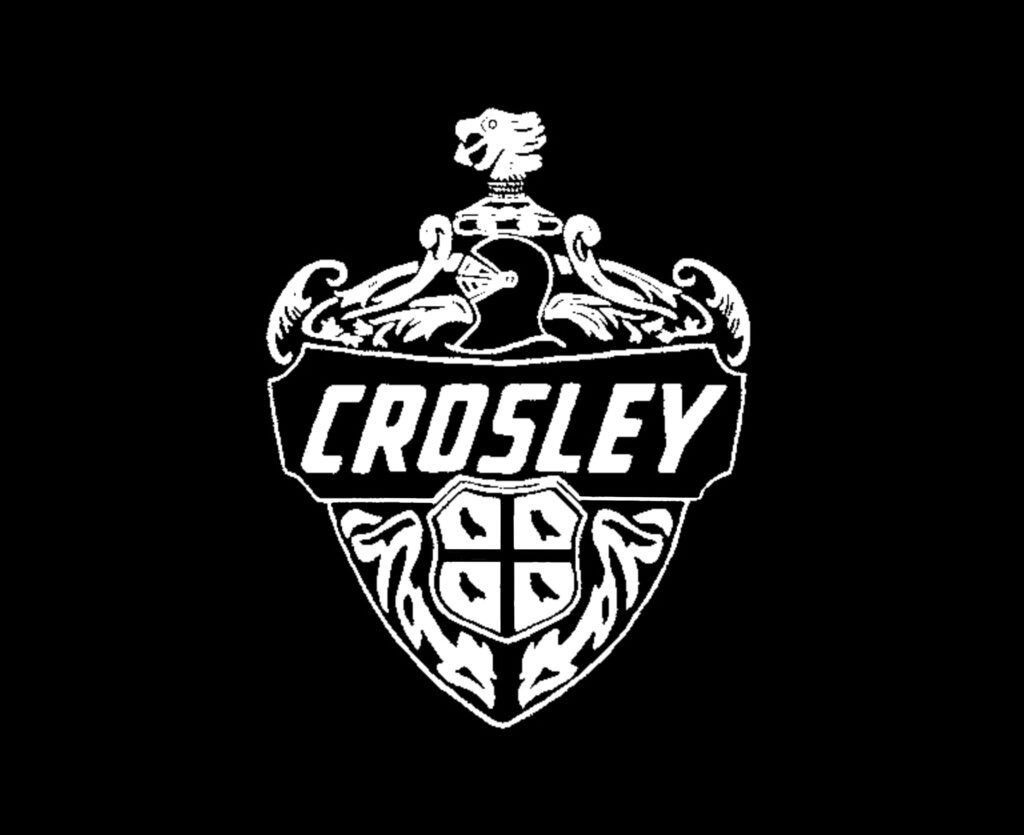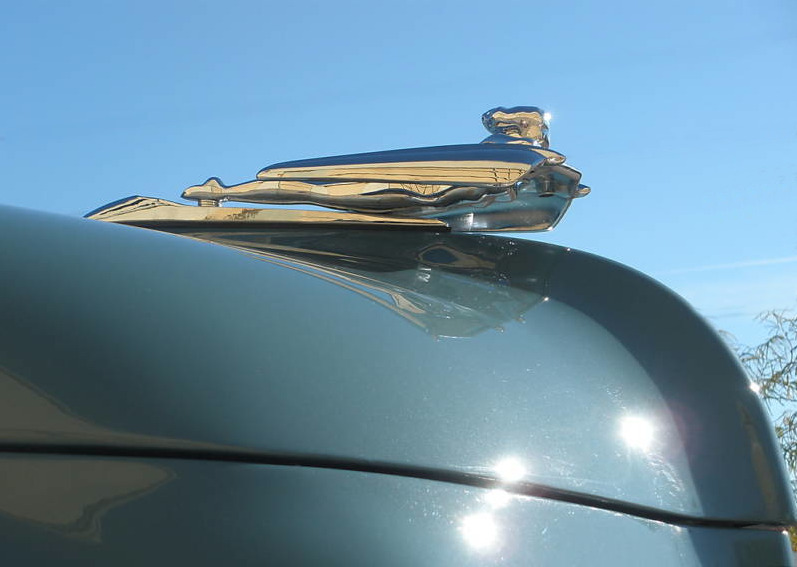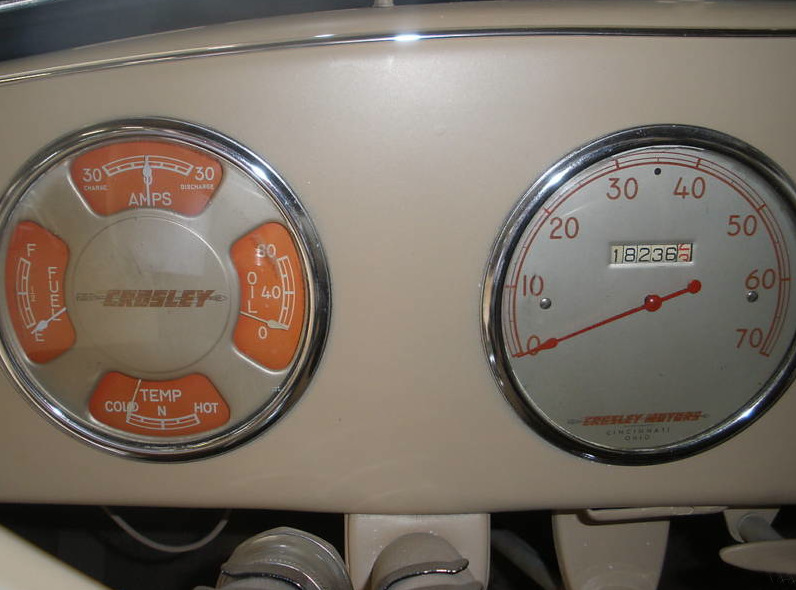Not be confused with the Crossley made by Crossley Motors of Manchester, England.

Made in the USA, the Crosley Super Sport is classified as a milestone car. It was the first production model sports car to be built in the USA. It got its reputation as a giant killer when it won the 1950 Sebring performance race. In 1951 it was clocked at 98.79 MPH a La Mans raceway, and would have won if not for a duff voltage regulator. The chief advantage in racing is the way the crosley held to the road like glue while cornering. The ability to hold to the turns without letup on the accelerator enabled it to hold the lead.
HISTORY.
Industrialist Powel Crosley Jr. of Cincinnati, Ohio, had ambitious plans to build a compact car and developed assembly plants at Richmond, Indiana, and Marion, Indiana. In May 1939, the first car was shown at the Indianapolis Speedway. It was a two-door convertible that weighed under 1000 lb (450 kg) and sold for $250. It wasn’t an instant success, but in 1941 more body styles were introduced.
The chassis had an 80-inch (203 cm) wheelbase, half elliptic springs with beam axle in front and quarter elliptics in the rear. The power came from a two-cylinder Waukesha air-cooled engine that had the fan as a part of the flywheel. The engine was connected with a three-speed transmission and then directly via a torque tube to the rear axle, thus eliminating the need for joints.
In 1941 the body styles available were expanded to include two- and four-passenger convertibles, a convertible sedan, a station wagon, a panel truck, a pickup, and two models called “Parkway Delivery” (a mini-panel with no roof over the front seat) and “Covered Wagon” (a convertible pickup truck with a removable back seat).
During World War II, the Crosley became attractive because of gasoline rationing and the good mileage (50 miles per U.S. gallon, 5 L/100 km).
The Crosley Hot Shot was the first post-war sport car produced in the U.S. It was also the first U.S. car to have disc brakes.
With 24,871 cars sold, the best year was 1948. Although there were four models, including Crosley Hotshot and a sporting one, sales continued to decline. In 1952, only 1522 Crosley cars were sold. Production ceased that year, and the plant was sold to the General Tire and Rubber Company.
Engines.
The original 580 cc two cylinder engine was replaced in 1946 with a 721 cc four. It in turn was replaced in 1949 by the new and more reliable CIBA (Crosley Cast Iron Block Assembly) engine.
Crosley CoBra (1945-1949).
The CoBra (Copper Brazed, also known as “The Mighty Tin”) was originally developed by Lloyd Taylor, of Taylor Engines in California, for military use aboard PT boats and B-17 bombers. The engine was made from sheet metal rather than cast iron like most other engines. This was done to get a thin, uniform wall thickness and thus avoid the creation of hot spots around the combustion chamber that could ignite the fuel, causing the pre-ignition (knocks). The engine wasn’t adoped for automobile use until 1946. It was a very lightweight engine, the block was only 14.8 lb (6.7 kg) and even complete with all accessories including a flywheel. It still only weighed 133 lb (60 kg). The engine produced 26 hp (19 kW) at 5200 rpm.
CIBA (1949-1952 and 1955).
The CIBA (Crosley Cast Iron Block Assembly) was a more traditional, and more reliable, engine with cast iron block. When Crosley cars was sold the engine was renamed to AeroJet and production continued. Production of the AeroJet ended in 1955 and was sold to Fageol.
(This article is licensed under the GNU Free Documentation License. It includes content from this Wikipedia article.)
